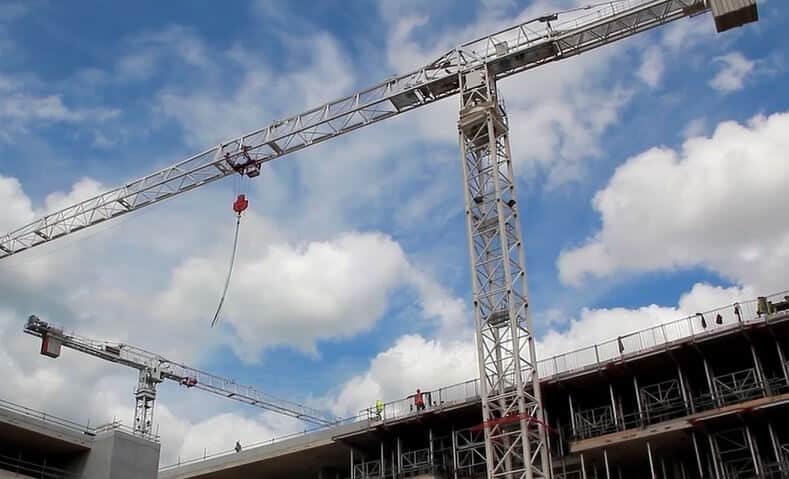


#Aptus engineering how to#
I’m honestly excited to face more issues in the future so we can learn how to work around them and solve those problems! And this has clearly molded us into who we are today. But I strongly believe that we learn a lot through these hardships. There were also a lot of lessons that we learned about business and strategy. There were months at a time where I only had 2-4 hours of sleep a day! In our early stages, the founders were doing the work of 2-3 full-time jobs at our company to maximize our revenue. I don’t think entrepreneurship is ever a smooth road. This is a VR solution that enhances your virtual experience by allowing you to feel motion!Īlright, so let’s dig a little deeper into the story – has it been an easy path overall and if not, what were the challenges you’ve had to overcome? – which includes vMocion – a company that does ground-breaking work on galvanic vestibular stimulation with the Mayo Clinic. In 2021, we partnered with another group to form Inventives, Inc. Stratum is saving companies anywhere from 30 to 90% of their cloud compute bill! Stratum is another company we created – it uses AI to predictively scale your server resources up and down so you only pay for the servers you actually use. We have a research group in one of the largest medical institutions using Stax.ai’s Insights and AI to understand diseases and treatments better. And it also draws meaningful insights from your documents. Stax.ai is a document AI platform that lets you search through the contents of all your files – photos, scans, emails, PDFs. Over the last two years, we’ve built some amazing products that have spun off into their own separate companies. We have a very effective, brilliant, and motivated team of engineers, physicists, mathematicians, developers, and problem-solvers that are amazing are coming up with novel technologies and solutions. So in 2019, we decided to transition our business model to that of a Venture Studio. We shortly realized that we are creating so much value in lots of different industries and that we were more of a think tank or innovation hub than a development company. We built AI that diagnosed patients based on their MRIs – and this was tested to be more accurate than human board certified radiologists! We built AI that created 3D models and renderings of anatomy by looking at patients’ MRIs. We built AI that can look at a patient’s hip X-ray and accurately suggest whether they needed hip replacement surgery.

#Aptus engineering software#
We built AI software that allows for real-time prediction of failures in jet engines. We built flight control and autopilot software for novel drone concepts. We built flight simulation training systems used by the US Navy. We worked on a lot of amazing projects over the last few years, but more importantly, we had a lot of fun and created some amazing novel technologies to further the industry. We grew a team that shared our goals and vision. – a development service company that allowed us to do just that. We had a lot of fun creating innovative products and solving difficult problems, and we wanted to keep doing that. What we really wanted to do was to build a company and culture that allows and encourages the smarted people in the world to unleash their genius in a positive manner. Our solution performed a thrust profile optimization across not just power draw from the battery but also the flight profile and allows aircraft that originally flow for only 45 minutes to fly as long as 3 hours! We worked with an unmanned aircraft manufacturing company and supplied systems to Edwards Air Force Base. But you know what they say about the tech industry – failures are just opportunities to learn!ĭuring my graduate research work, I started another company that built battery management systems for unmanned aircraft. However, we didn’t have the business or marketing knowledge or experience to scale that. We started a company back then that built a no-code platform for Arduinos and DIY embedded electronics. When I was in college, my roommate (now business partner) and I spent our time designing and building drones and other fun technologies. I rarely went to school – I had a lot more fun collaborating virtually with groups of developers and building awesome tools. I taught myself to program when I was around ten and used that to design and program aircraft for flight simulators. I’ve loved aviation and technology ever since I could remember. Thanks for taking the time to share your story with us – to start maybe you can share some of your backstory with our readers? Hi Naru, it’s an honor to have you on the platform.

Today we’d like to introduce you to Naru Muraleedharan.


 0 kommentar(er)
0 kommentar(er)
